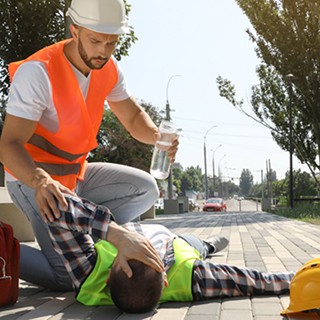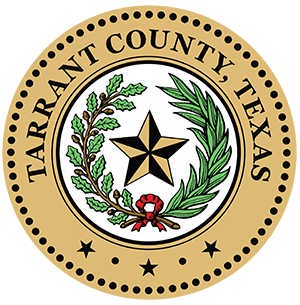Heat Stroke
Heat stroke occurs when the body is unable to regulate its temperature. The body’s temperature rises rapidly, the sweating mechanism fails and the body is unable to cool down. Body temperature may rise to 106 degrees Fahrenheit or higher within 10 to 15 minutes. Heat stroke can cause death or permanent disability if emergency treatment is not provided.
Its warning signs vary but may include:
- an extremely high body temperature (above 103 degrees Fahrenheit, orally)
- red, hot and dry skin (no sweating)
- a rapid, strong pulse
- a throbbing headache

Any of these signs mean you may be dealing with a life-threatening emergency. Have someone call 911 for immediate medical assistance while you begin cooling the victim rapidly using whatever methods you can. For example:
- move the person to a cooler environment
- do NOT give fluids by mouth
- immerse the victim in a tub of cool water
- place the person in a cool shower
- spray the victim with cool water from a garden hose
- sponge the person with cool water or use cool moist cloths to lower skin temperature
- if the humidity is low, wrap the victim in a cool, wet sheet and fan him or her vigorously
Also:
- Monitor body temperature, and continue cooling efforts until the body temperature drops to 101 to 102 degrees Fahrenheit
- If emergency medical personnel are delayed, call the hospital emergency room for further instructions
- Do not give the victim fluids to drink
- Get medical assistance as soon as possible
Sometimes a victim’s muscles twitch uncontrollably as a result of heat stroke. If this happens, keep the victim from injuring himself, but do not place any object in the mouth and do not give fluids. If there is vomiting, make sure the airway remains open by turning the victim on his or her side.


 TARRANT COUNTY, TX
TARRANT COUNTY, TX

 Public Health
Public Health